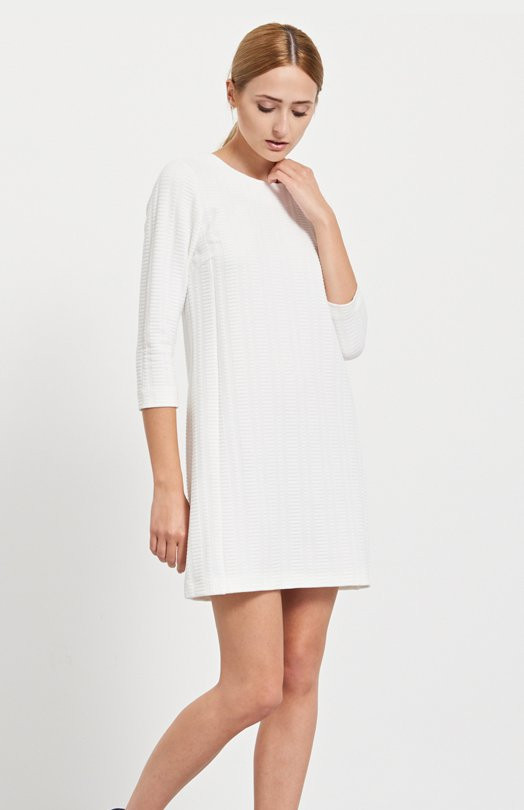- today
- perm_identity Lily Evans
- label Fashion Capitals
- favorite 0 likes
- remove_red_eye 109 views
- comment 1 comments

The saree, a traditional Indian garment, is as vibrant and diverse as the country itself. Worn by millions of women across the nation, the saree is much more than just a piece of fabric; it is a symbol of grace, identity, and cultural pride.
The Anatomy of a Saree
A saree is typically composed of three parts:
- The main body: the long, flowing section that is wrapped around the waist
- The pallu: the loose end of the saree that is draped over the shoulder
- The blouse: a separate, fitted top worn underneath the saree
Regional Variations
India is a country of immense diversity, and this is reflected in its traditional attire. The style, fabric, and draping method of sarees can vary significantly from one region to another.
| Region | Style | Fabric |
|---|---|---|
| Bengal | Traditional white saree with red border | Cotton, silk |
| Gujarat | Bandhani, tie-dye technique | Cotton, silk |
| South India | Richly woven silk sarees with gold zari work | Silk |
The Modern Evolution
Today, the saree is experiencing a resurgence in popularity, not just in India but around the world. Contemporary designers are reimagining this traditional garment, experimenting with new fabrics, patterns, and draping styles.
In conclusion, the Indian saree is more than just a traditional garment; it is a living symbol of a rich and diverse culture. As it continues to evolve, adapting to modern tastes and trends, the saree remains a vibrant and vital part of India's fashion story.






Comments (1)